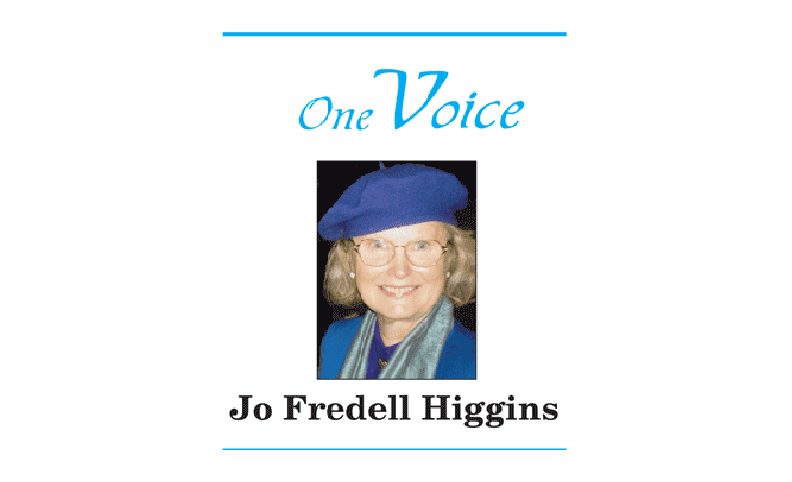
Imagine listening to Bach’s Christmas Ortario while cruising down the Danube River on Christmas Eve. The Danube’s origins are a trickle in the Black Forest of Germany, at the Breg Martinskapelle. The Danube was known to the ancient Greeks as the Istros Thracian, meaning “strong, swift.” The Danube is Europe’s second longest river after the Volga and it traverses 10 countries, including Austria, Hungary, Serbia, Romania, and Ukraine before it empties into the Black Sea.
It has been a wondrous journey touring the Christmas markets along the way. The Christkindlmarkt literally means Baby Jesus Market and is open the four weeks of Advent. Begun in Bautzen in 1384, town persons would bring their baskets and foods and gingerbreads to a central place. Musicians generations later would play the classics of Bach and Beethoven while visitors would enjoy the puppet shows, the delectable confections, and the dazzling decorations for sale.
There would be a Nativity Scene with a crèche or crib when the local children would take the various parts. Carved Nutcrackers or Nussknacker were quite popular. Candied toasted almonds and walnuts and cashews were enjoyed along with the hot mulled wine or hot chocolate. Regional foods included stolen, lebkuchen, dried plums, and sausages.
The two most visited Christmas markets in Germany are found in Dortmund which sees more than three Million visitors enjoying the 300 stalls. A gigantic Christmas tree is created each season. In Cologne more than four Million individuals are visitors. Berlin has more than 70 markets which open in late November and close just after Christmas.
The cruise has come into port in Vienna. It is December cold and everything is coated with flakes of snow. The Town Hall windows are adorned with murals of an Advent Calendar. Vienna is host to 20 Christmas markets with one of the biggest at Altmeier. The Market in front of the City Hall building offers a seasonal joy. Inside there is an area dedicated to children where they learn how to make Christmas cookies or candles. International choirs sing carols at all of the Knippenmarkts.
The decorated market stalls along the many narrow alleyways in Vienna are enchanting. The merchants offer traditional handcrafted items, elaborate Christmas decorations, and tasty culinary delights. Oh to be children at Christmastime and see with new eyes all the swirl of colors and aromas.
Returning to the States in time to enjoy all the seasonal offerings means that the memories that were made and the photographs that were taken will remain long after the trip’s denouement.
And so, it is Christmas once again.
We read the origins of the Christmas story in the Gospels of St. Matthew and St. Luke. From Luke’s story of the shepherds and angels originate most of the world’s best loved Christmas songs. Scholars are unsure of the actual day or month of Jesus’ birth, but biblical records have led them to set the year at 3 B.C..
In the year 350 Pope Julius I declared December 25 as the official date to celebrate Christmas and in 529 Emperor Justinian declared Christmas a civic holiday. The Council of Tours in 567 officially made Advent a period of fasting and preparation for the birth of the Baby Jesus.
And to you and yours a most serene and splendid Christmas season. Merrie Christmas to all and to all a good night.

